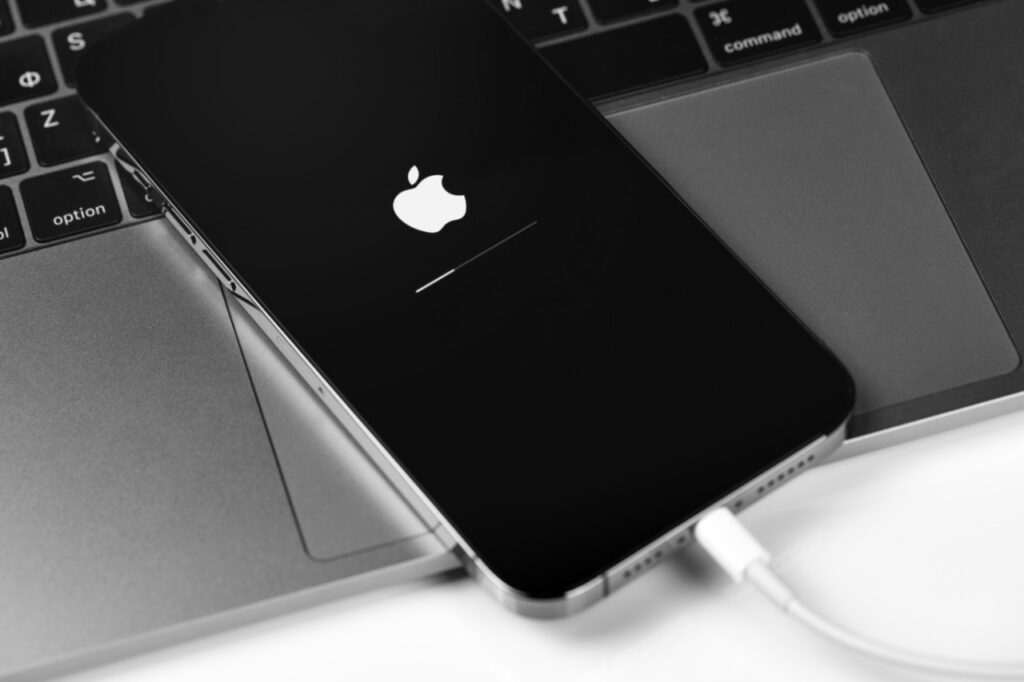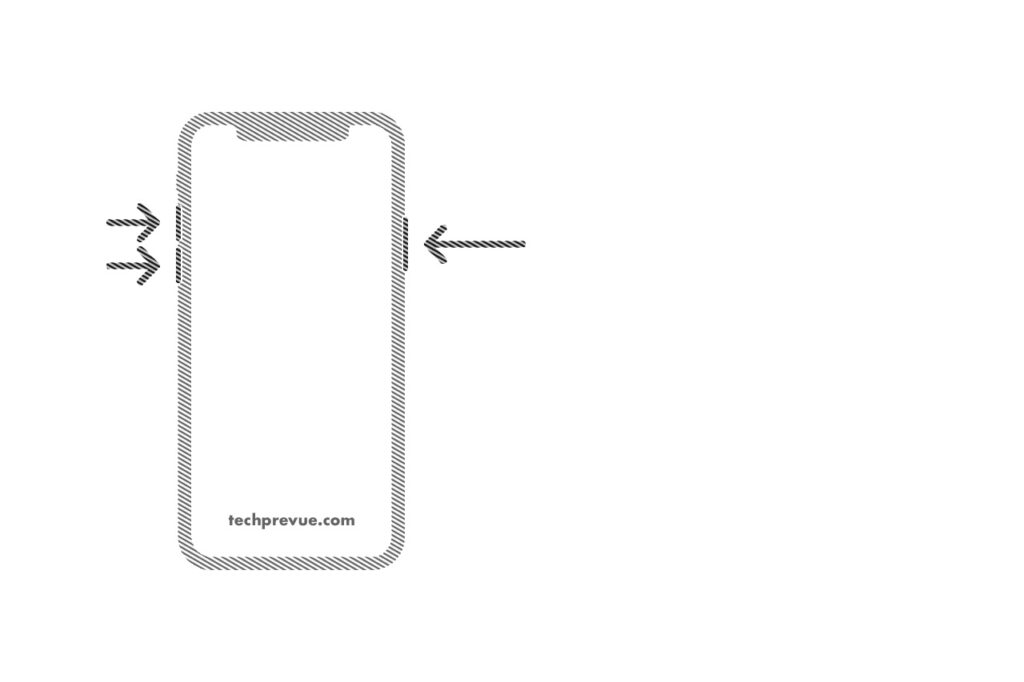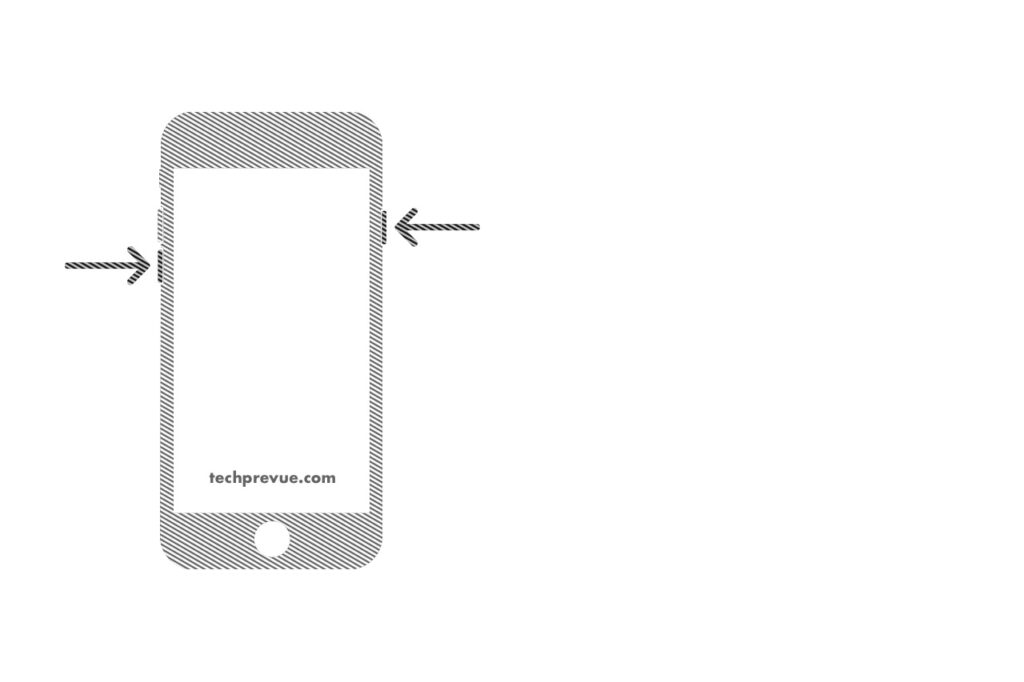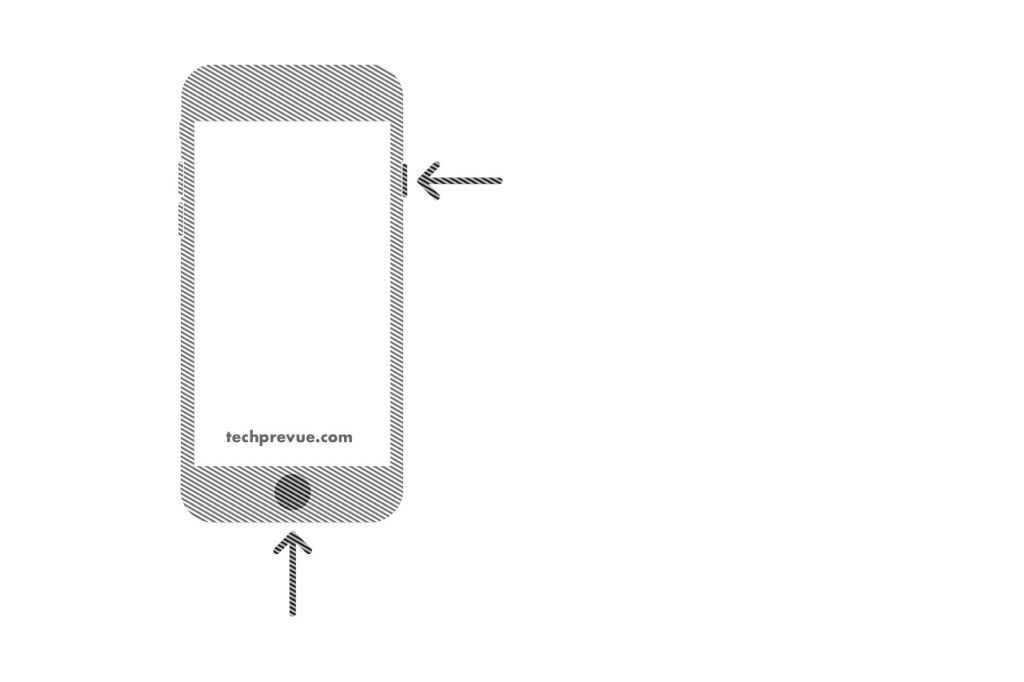Do you know every iOS device has a recovery option? You can use this option to fix the most critical errors on your iPhone. For example, phone recovery is the only solution when the iPhone gets stuck on the Apple logo. However, users often get confused and seek help on how to put the iPhone in recovery mode. For example, some people suggest connecting your iPhone to a MacBook/iMac and entering into the recovery mode screen, but the steps are different for different iPhone models. Most time, iPhone recovery works, but sometimes for more serious issues, you need to get help from a professional iOS system repair or contact Apple support. The article will walk you through methods to recover your iPhone, covering all iPhone models.
What is Recovery Mode iPhone?
This mode allows iPhone users to update iOS to the latest version to fix bugs and critical errors. In addition, after the update, if your iPhone gets stuck, you can restore the previous version.
Reasons to Put iPhone into Recovery Mode
You use can use this feature for one of the following reasons –
iPhone does not boot normally. iPhone crashes on startup. iPhone stuck on Apple logo and can’t turn on. iPhone stuck in a restarting loop during the update. iPhone is unresponsive and can’t turn on or off.
How to Put iPhone in Recovery Mode?
This iPhone recovery option is the best for troubleshooting and fixing critically serious issues related to iOS updates. You can put your iPhone into recovery mode using the Finder app (latest macOS) or iTunes (old macOS/Windows). Before entering the recovery mode screen, take the iPhone backup first. After that, everything gets erased on your phone. It’s equal to factory resetting your iPhone. Most importantly, you can’t back up your iPhone after entering this mode. Therefore, regularly take iPhone backups on iCloud or your computer using the Finder or iTunes app. Read on and learn how to enter recovery mode iPhone.
1. Connect iPhone to Mac or Windows PC
Connect your iPhone to a Mac or Windows PC using your iPhone charging cable.
2. Open Finder or iTunes
You can enter the recovery mode screen using the Finder or iTunes app. Do you have Mac running macOS Catalina, Big Sur, or Monterey?
Open Finder on your Mac computer.
Didn’t you find the Finder app? Is your Mac running macOS Mojave or earlier macOS?
Open iTunes on your Mac or Windows computer.
The iTunes app is also available for Windows OS. Download and install the iTunes app to recover your iPhone on a Windows computer.
3. Put iPhone in Recovery Mode (Covering all iPhone models)
You must quickly press, hold, and release iPhone button combinations.
iPhone 8, X, 11, 12 & 13
The steps are the same for the following iPhone models having Face ID to force restart and enter recovery mode.
iPhone 13 Pro Max, iPhone 13 Pro, iPhone 13 iPhone 12 Pro Max, iPhone 12 Pro, iPhone 12 iPhone 11 Pro Max, iPhone 11 Pro, iPhone 11 iPhone SE (2nd Generation) iPhone XS Max, iPhone XS, & iPhone XR iPhone 8 Plus, iPhone 8
Press and release the Volume Up button. Instantly press and release the Volume Down button. Next, press and hold the Side button. You see the Apple logo shortly. Now, Release the Side button.
Press and release the Volume Up button. Quickly press and release the Volume Down button. Next, press and hold the Side button. Don’t release the Side button after you see the Apple logo. A few moments later, the recovery mode screen appears.
iPhone 7 & iPhone 7 Plus
The method to force restart and put an iPhone 7 Plus & iPhone 7 in recovery mode differs from newer models.
Press and hold the Side and Volume Down buttons together. Keep holding the button combinations. Release both buttons after the Apple logo appears on the screen.
Press and hold the Side and Volume Down buttons together. Continue holding the button combinations. After the Apple logo, the recovery mode screen appears.
iPhone 6 & iPhone 6s
The steps are the same for the following iPhone models having the home button to force restart and enter recovery mode.
iPhone 6S, iPhone 6 iPhone SE (1st generation)
Press and hold the Home and Side buttons at the same time. Hold both buttons until you see the Apple logo. Now, release both buttons.
Press and hold the Home and Side buttons at the same time. Keep holding both buttons even after the Apple logo appears. Now, release both buttons after entering recovery mode.
4. Recover and Restore iPhone using Recovery Mode
Click on the iPhone icon to put an iPhone into recovery mode. The Finder app shows your iPhone in the left sidebar. The iTunes app shows your iPhone in the top-left corner.
You get two options to recover your iPhone.
Update iOS to the Latest Version
First, you try to update your iPhone and check whether the issue persists or not. This recovery option will not delete existing data on your iPhone. Once the update process starts, you have to wait for a couple of minutes until recovery completes, and after that, your iPhone restarts and exits from recovery mode.
Restore and Reinstall iOS
Unfortunately, updating the operating system might not resolve some critical errors. So now, once again, put your iPhone in recovery mode and click the Restore button. This option allows you to reinstall iOS or restore your iPhone from a recent data backup. The iPhone automatically restarts once the restoration process completes and comes out of recovery.
How to Exit iPhone Recovery Mode?
The combination of button presses is quite confusing, and recovery doesn’t guarantee to solve your problem. So here, we’ll show you how to exit iPhone recovery mode without hassle using Wondershare Dr.Fone. This software provides “Standard Mode” or “Advanced Mode” for users to fix various iOS system issues like the iPhone getting stuck in recovery mode to the screen of death (white or black), iPhone stuck on the Apple logo, and iPhone keeps restarting, boot loop, etc. You can keep all your phone data with “Standard Mode” while erasing all data with “Advanced Mode.” Dr. Fone supports all iPhone, iPad, and iPod touch models, even the latest iOS 16, and allows users to get out of iPhone recovery mode without losing any data. Follow the instructions below:
Install Dr.Fone on your computer (support both macOS and Windows). Next, open the Dr.Fone app and click on System Repair. Connect your iPhone stuck in recovery mode to your computer. Click the “Exit Recovery Mode” button. Now, you see the message, “Exited Recovery Mode Successfully.” Finally, you can disconnect your iPhone from your computer.
Thus, Dr.Fone helps your recover your iPhone without losing any content.
Final Note
Now, you can guide someone on how to put an iPhone in recovery mode to update or restore it. We have also covered force restarting an iPhone to make it easy to recover your phone. After reading our article, you can quickly remember the button combinations for faster recovery. We have almost covered every existing iPhone model. Do you have another Apple device and need our help? Comment below.



